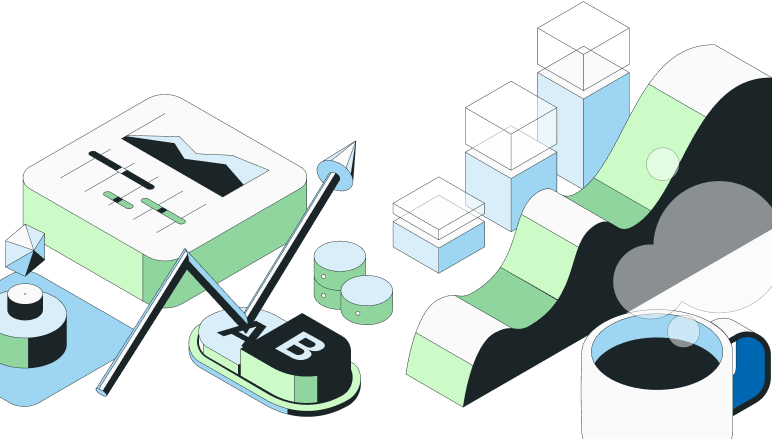User Segmentation
What is user segmentation?
User segmentation is the practice of dividing users into distinct groups based on shared characteristics. This approach helps in delivering personalized marketing, developing products, and enhancing customer service. Let's break down the main types of segmentation:
Demographic segmentation: Groups users by age, gender, location, income, and other demographic factors. For instance, a fitness app might target young adults differently than seniors.
Behavioral segmentation: Focuses on user actions like purchase history, site visits, and product usage. An e-commerce site might offer tailored discounts to frequent buyers.
Psychographic segmentation: Considers interests, attitudes, and lifestyles. Streaming services often recommend content based on viewing habits and preferences.
Firmographic segmentation: Segments businesses by size, industry, and revenue. This is particularly useful for B2B companies targeting specific business types.
Why segment users? It allows you to personalize user experiences, improve engagement, and increase ROI. When you understand the needs of different user groups, you can tailor your approach to meet their expectations.
Types of user segmentation
Demographic segmentation: Groups users by age, gender, location, or income. This method helps in tailoring content to specific life stages or economic conditions. For more details, see Segments.
Behavioral segmentation: Focuses on user actions like purchase history or site visits. It allows for targeting based on past interactions. This method is exemplified by Behavioral Targeting, which uses data collected on an individual's web-browsing behavior.
Psychographic segmentation: Groups users by interests, attitudes, and lifestyles. This approach digs into what motivates your users. For more detailed guidelines, check Reusable Targeting with User Segments.
Firmographic segmentation: Segments businesses by size, industry, and revenue. Ideal for B2B companies targeting specific business types. Learn more about creating segments via HTTP requests in Segments | Statsig Docs.
Examples of user segmentation
Fitness app: Segments users into categories like 'Fit Fiona' based on demographics and behavior. Tailors workout recommendations to match their preferences. Ensures users get relevant fitness plans. Learn more about segments and creating your first segment.
E-commerce site: Segments users by purchase frequency. Offers personalized discounts to frequent buyers. Encourages repeat purchases with targeted promotions. For more on behavioral targeting, click here.
Streaming service: Segments users by viewing habits. Recommends shows and movies aligned with their preferences. Improves user satisfaction by curating content. Learn more about geotargeting.
Join the #1 experimentation community
Why the best build with us










